Slitter machine customized solutions to meet the specific needs of customers
In an increasingly diverse manufacturing environment, customized solutions are key to meeting specific production needs. For the field of slitting machines, this concept is embodied in the provision of diversified services from design to manufacturing according to the actual needs of customers, ensuring that each equipment can accurately meet the processing requirements of users.
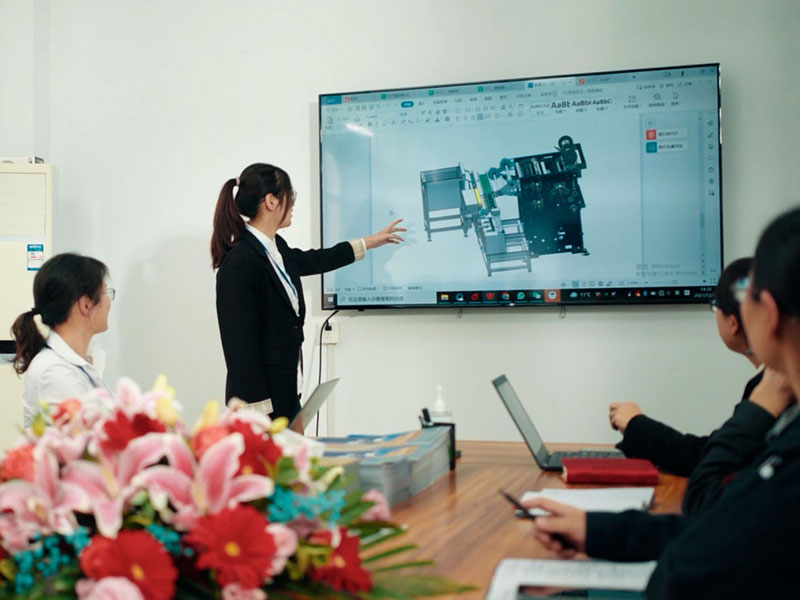
First and foremost, a deep understanding of customer needs is the starting point for a customized process. The focus team works closely with customers to carefully analyze the material, size, and output targets of their products, as well as the integration needs of existing production lines. Based on this, engineers use advanced design tools such as CAD/CAM to tailor the mechanical structure and control system of the slitting machine, which not only optimizes the cutting accuracy and efficiency, but also fully considers the convenience of operation and maintenance.

Secondly, the variety of materials and modular design are important parts of achieving customization flexibility. Depending on the material characteristics and cutting requirements, the appropriate tool material and drive system are selected, and the modular component design allows the customer to easily or adjust the machine functions according to future production changes, ensuring a long-term return on investment.

During the manufacturing process, a strict quality control system runs throughout, from raw material inspection to finished product testing, and strives to meet the industry's high standards at every step. In addition, customized services also include installation and commissioning guidance and after-sales technical support to ensure the smooth operation of the equipment and solve any problems encountered by users in the process of use in a timely manner.
In short, the customized slitting machine solution provides support from design conception to implementation by meeting the personalized needs of users, helping enterprises improve production efficiency, adapt to market changes, achieve faster capacity allocation and cost control, and promote sustainable business development.
Recent Post
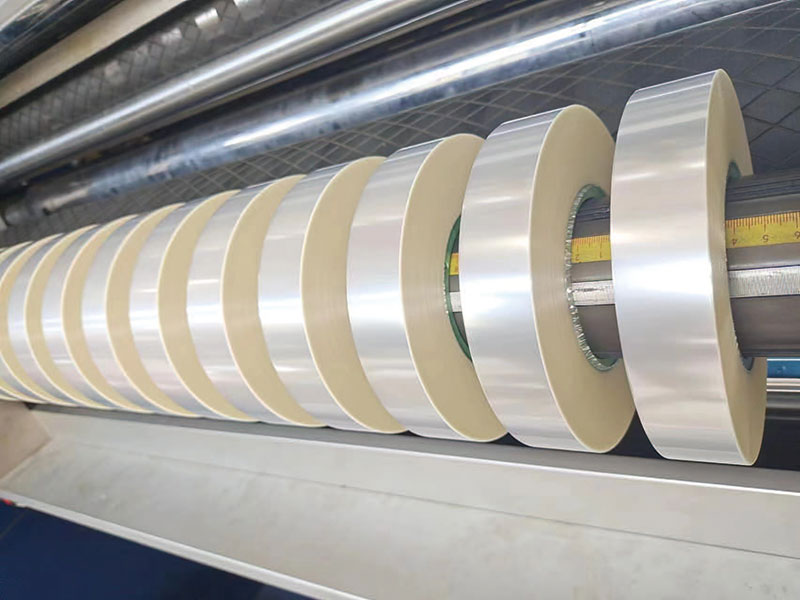 An overview of the slitter's functions: from basic operations to advanced cutting techniques
An overview of the slitter's functions: from basic operations to advanced cutting techniques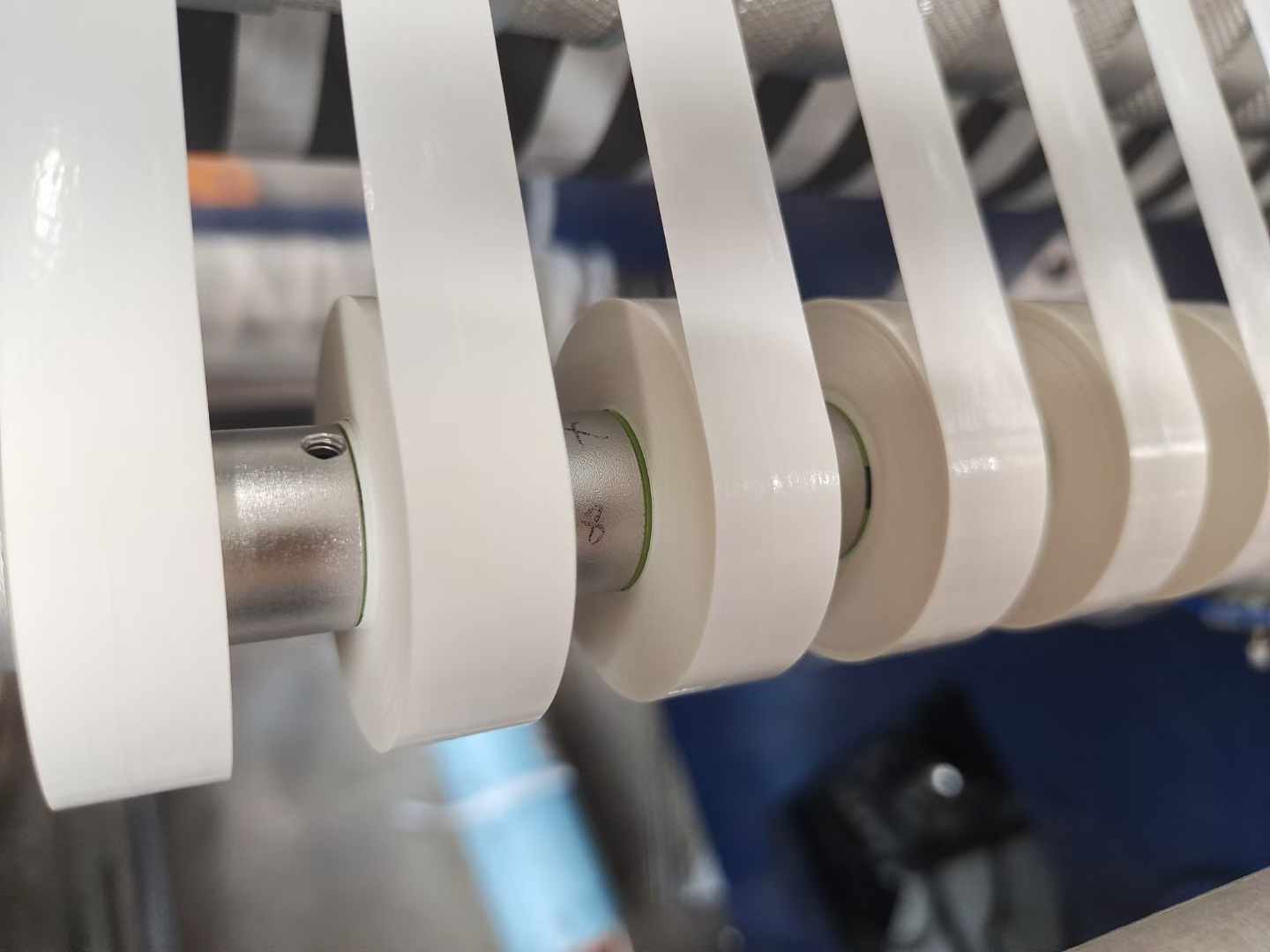 Industry adaptability of slitter machine: a wide range of uses from packaging to new energy
Industry adaptability of slitter machine: a wide range of uses from packaging to new energy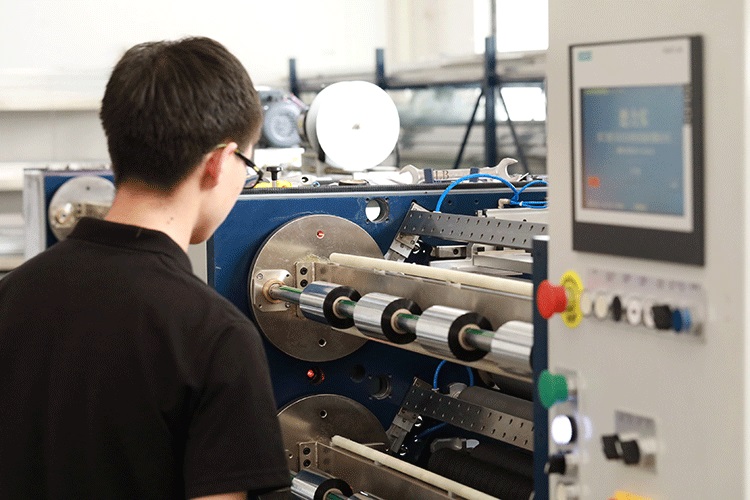 One-button operation: How can ribbon slitter simplify the production process?
One-button operation: How can ribbon slitter simplify the production process? Specially designed for high-end ribbons: the slitter is precisely adapted to wax-based/resin-based/mixed-based materials
Specially designed for high-end ribbons: the slitter is precisely adapted to wax-based/resin-based/mixed-based materials
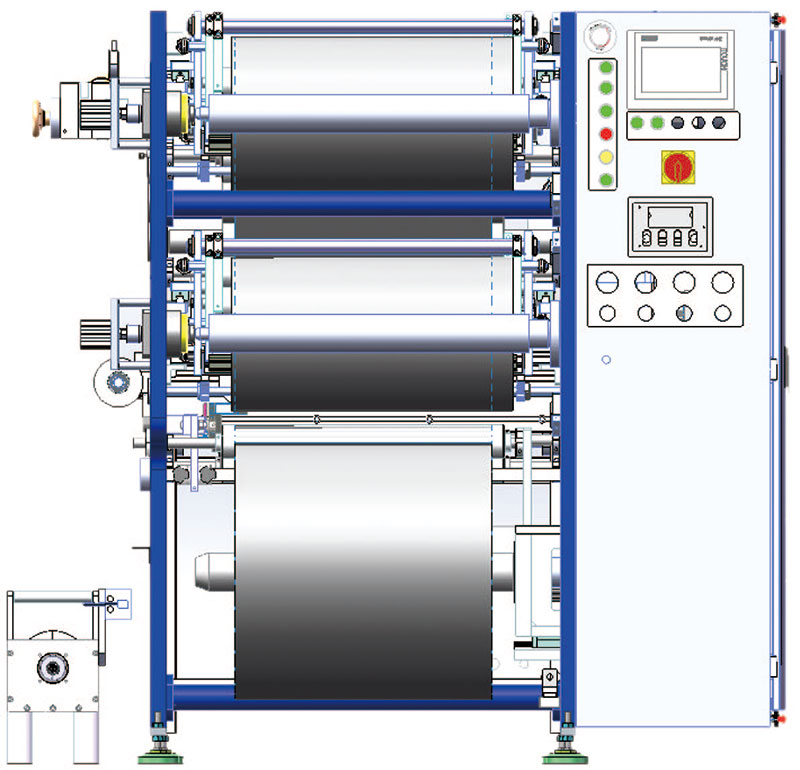 Customerized Slitter
Customerized Slitter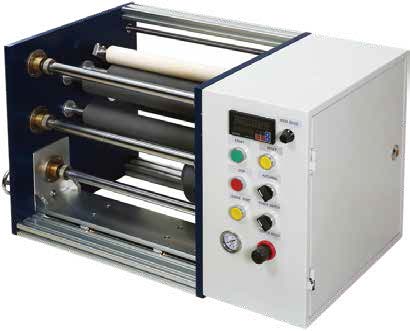 350mm Mini Slittting Machine
350mm Mini Slittting Machine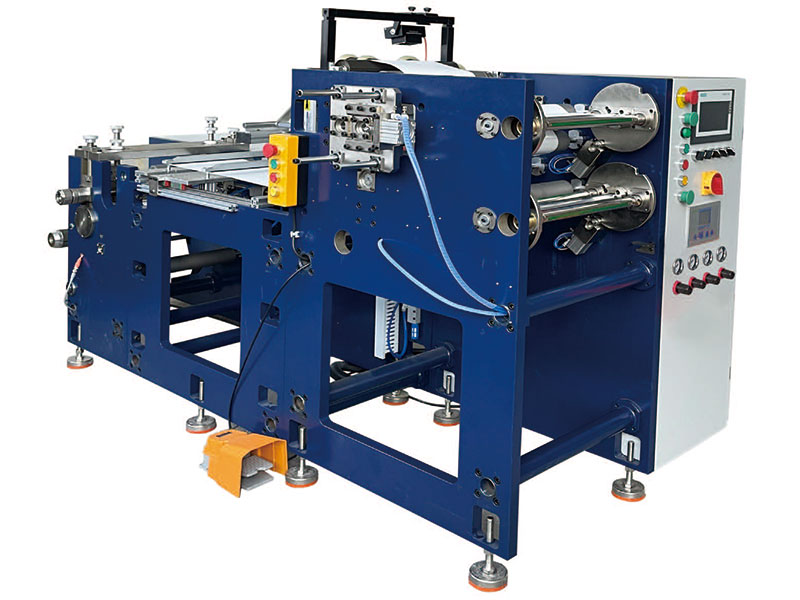 Label Slitting Machine
Label Slitting Machine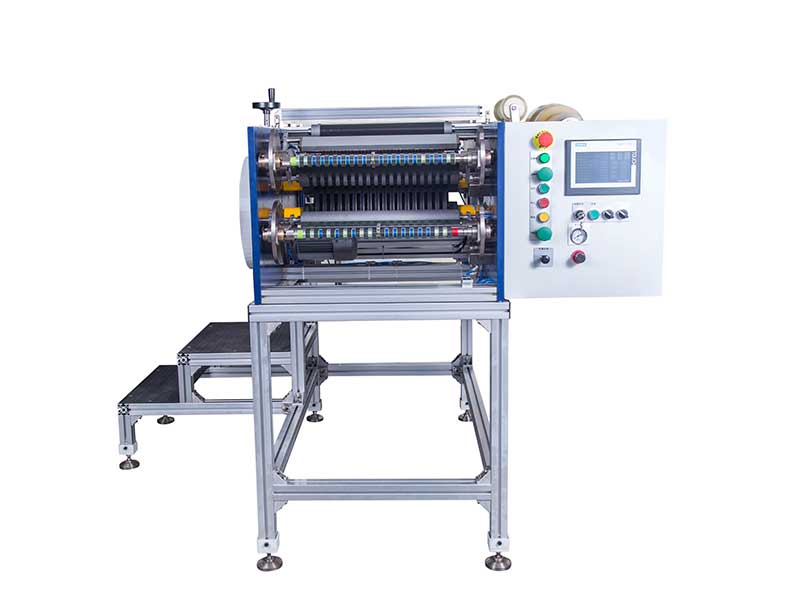 450S Mini Slittting Machine
450S Mini Slittting Machine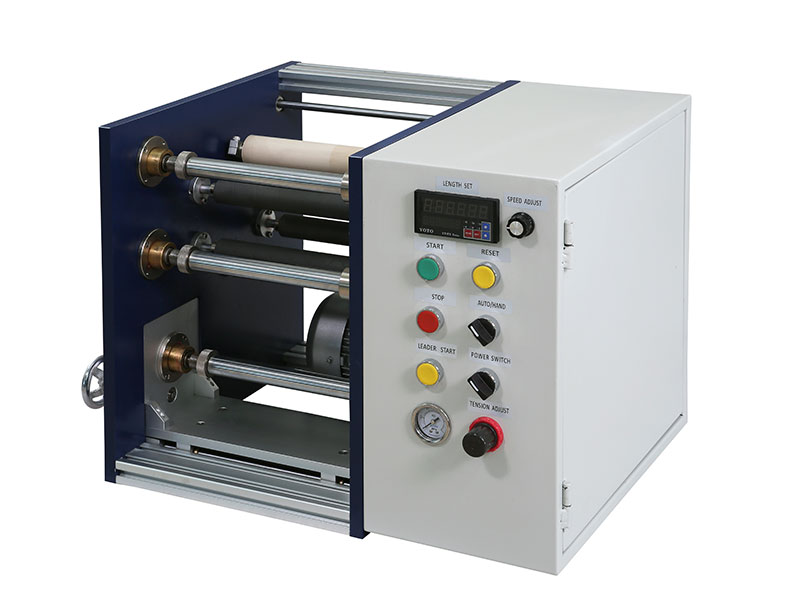 250mm Mini Slittting Machine
250mm Mini Slittting Machine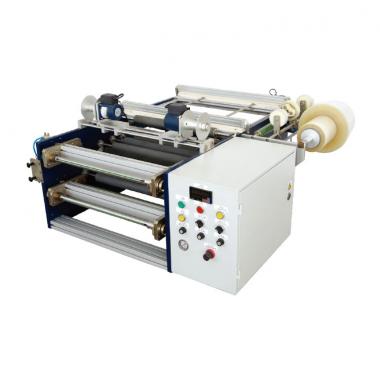 450mm Mini Slittting Machine
450mm Mini Slittting Machine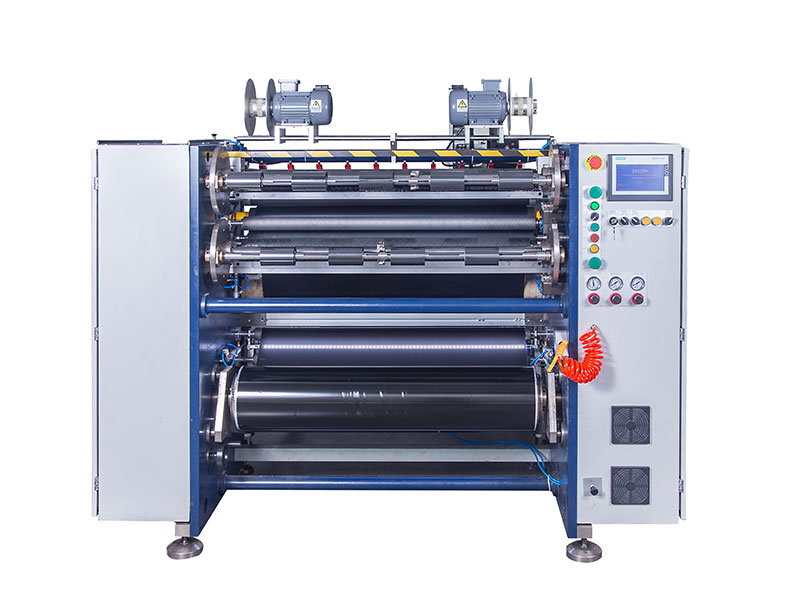 Barcode Ribbon Slitting Machine
Barcode Ribbon Slitting Machine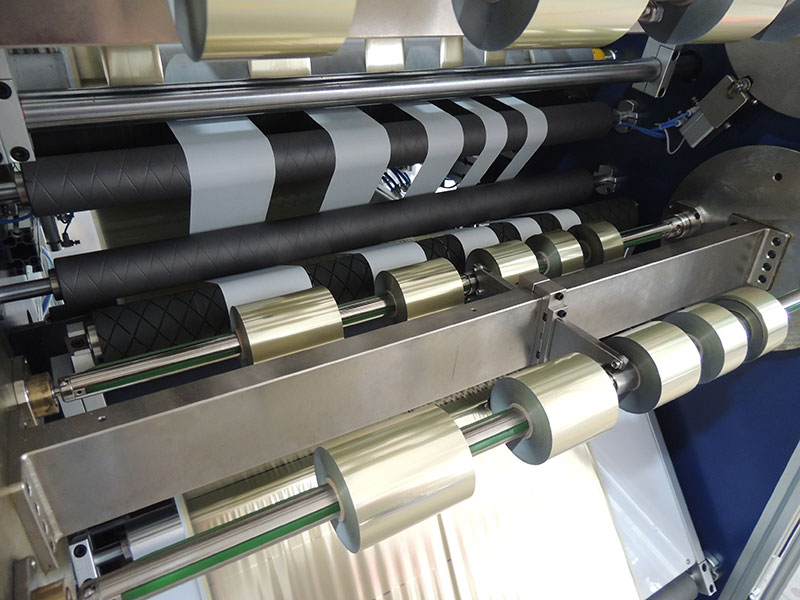 Gold Foil Slitter Rewinder
Gold Foil Slitter Rewinder

